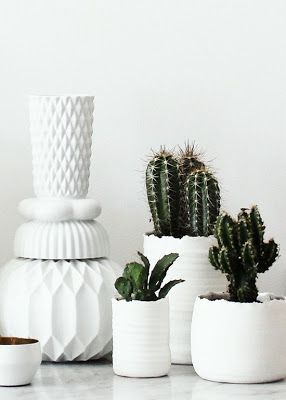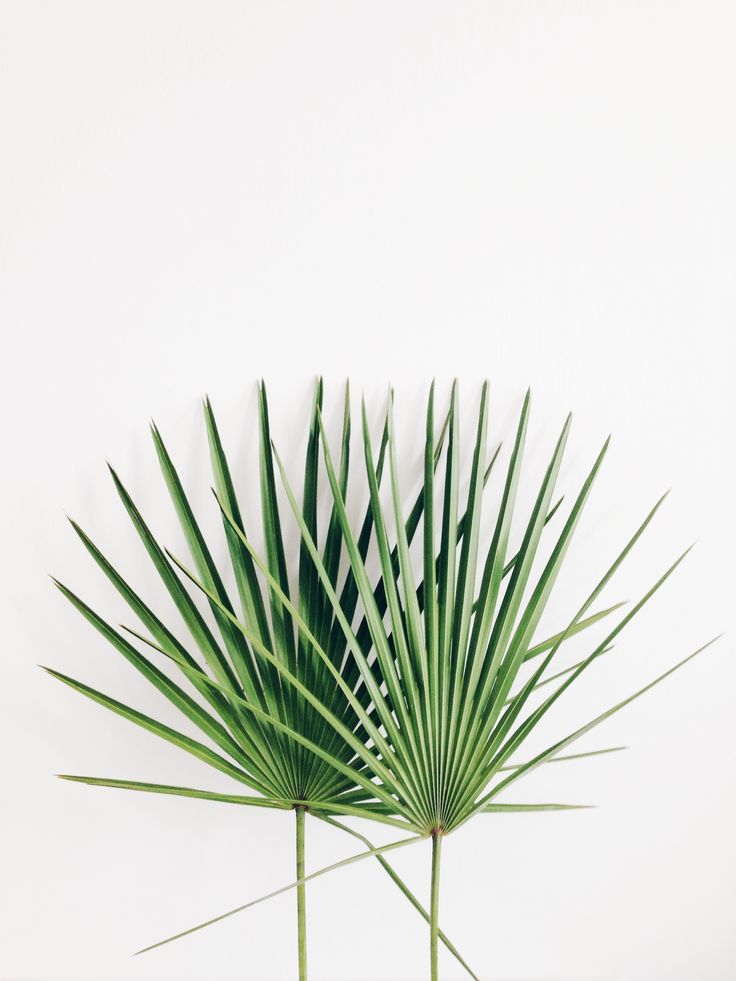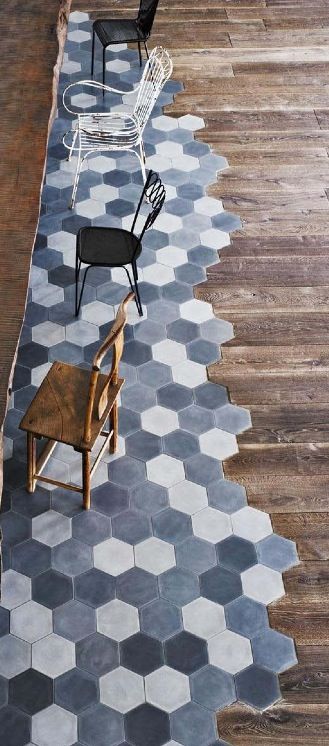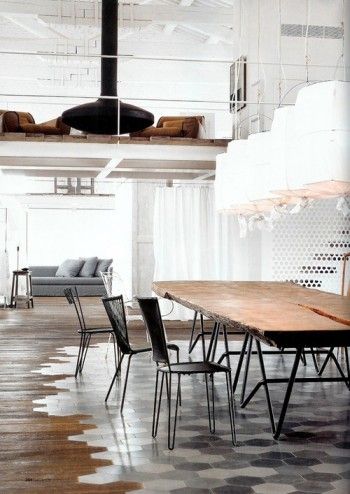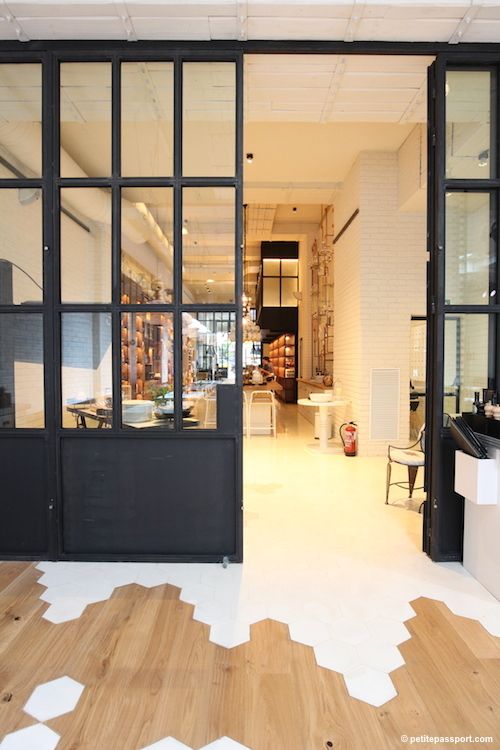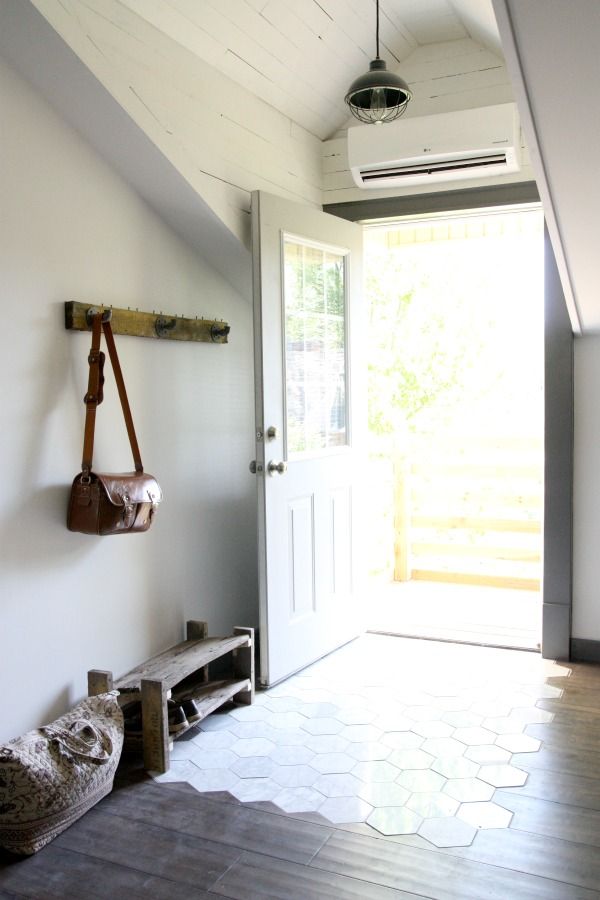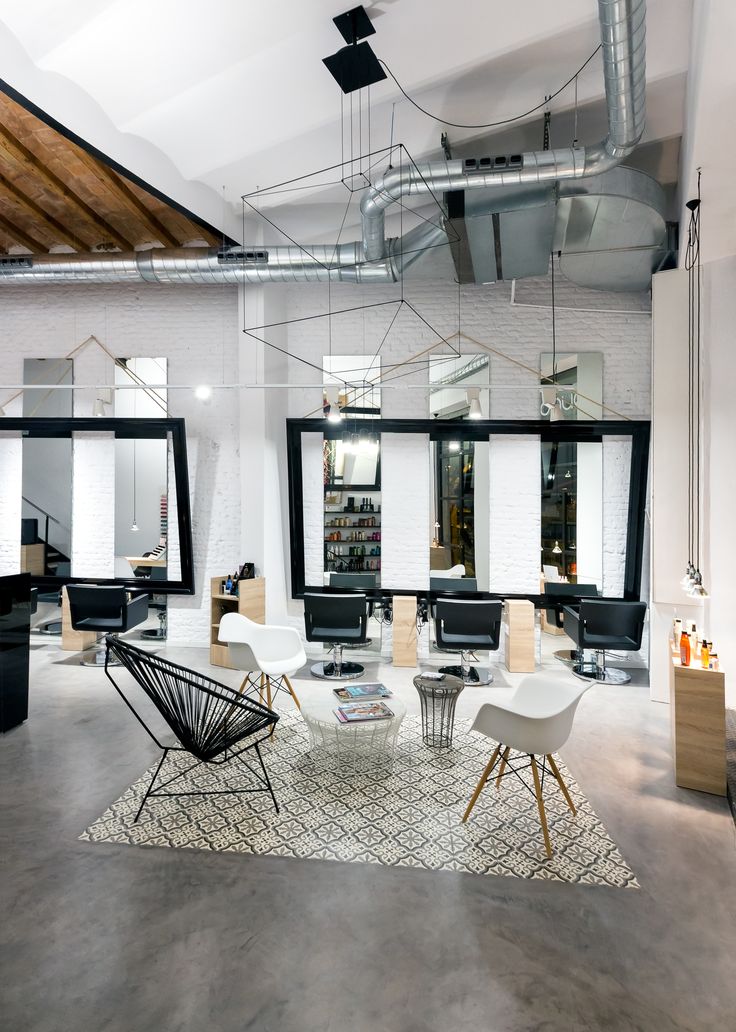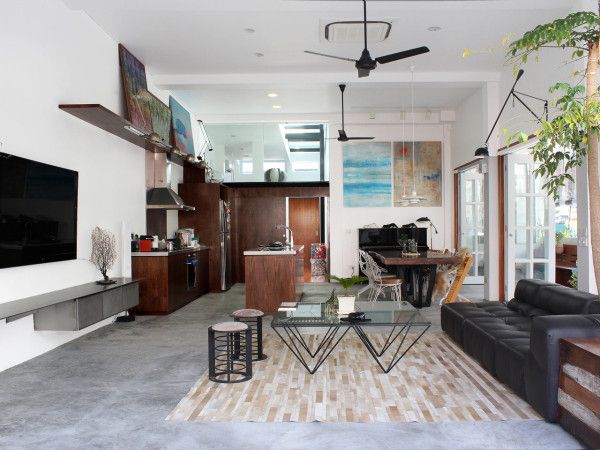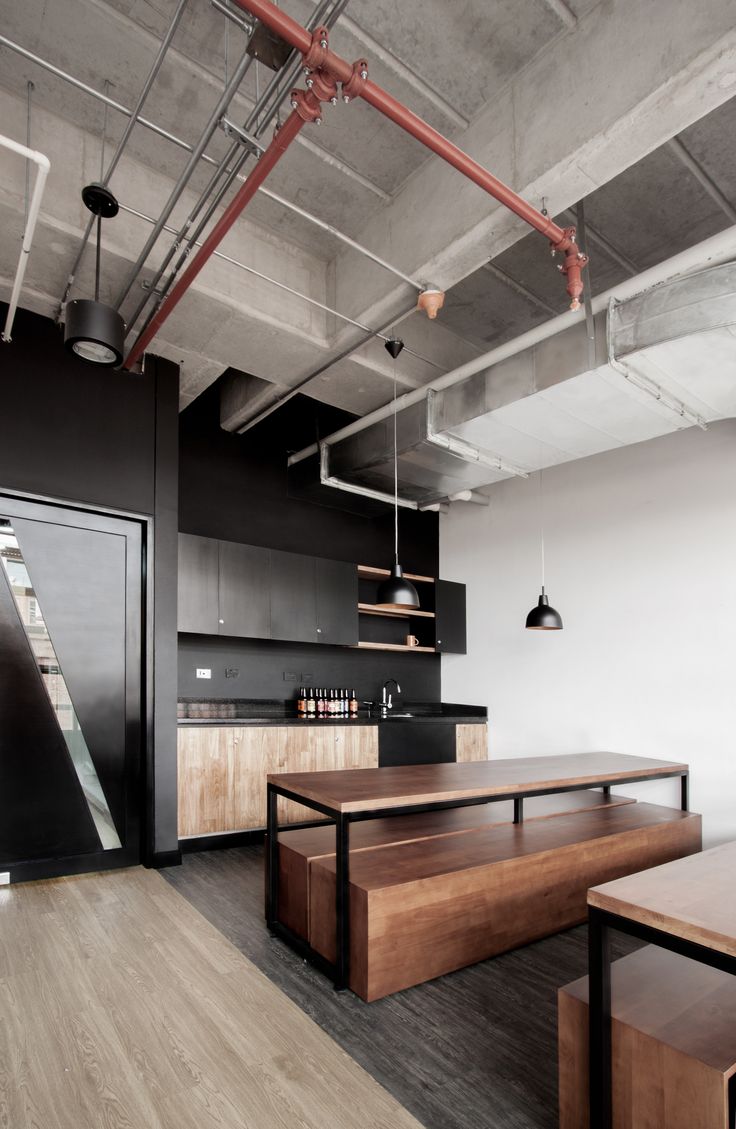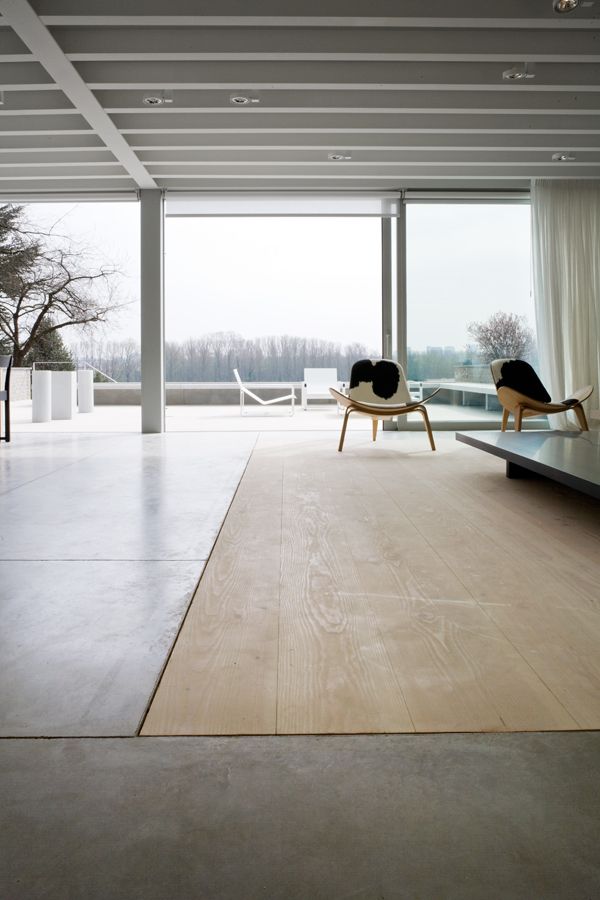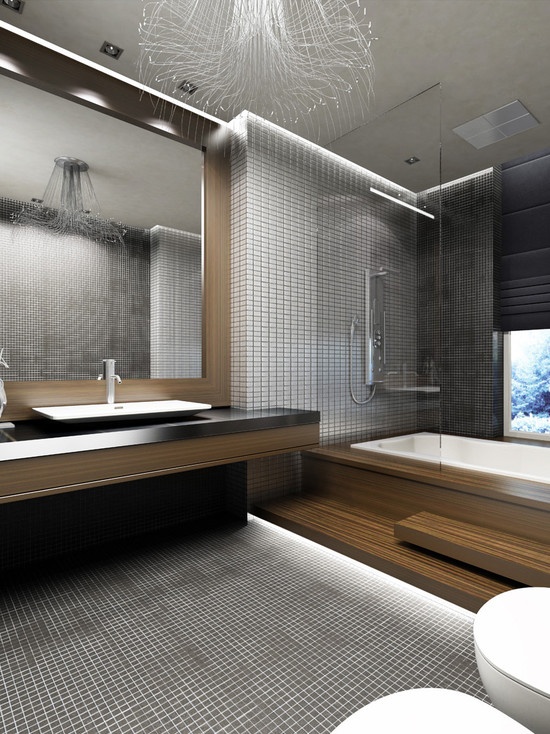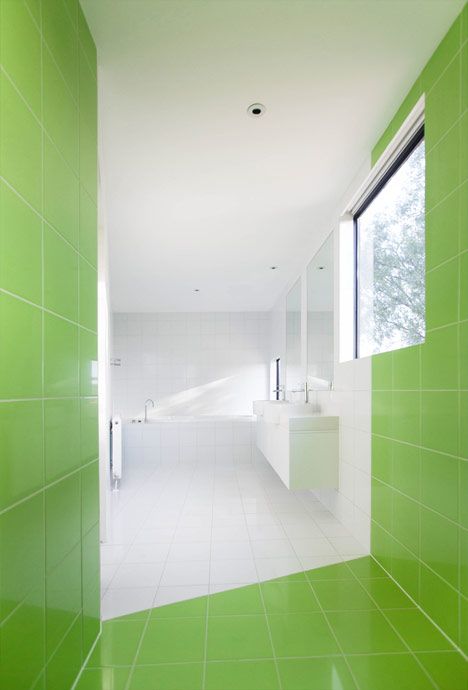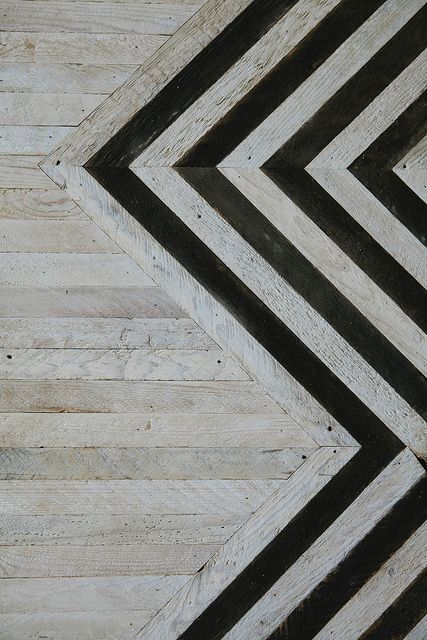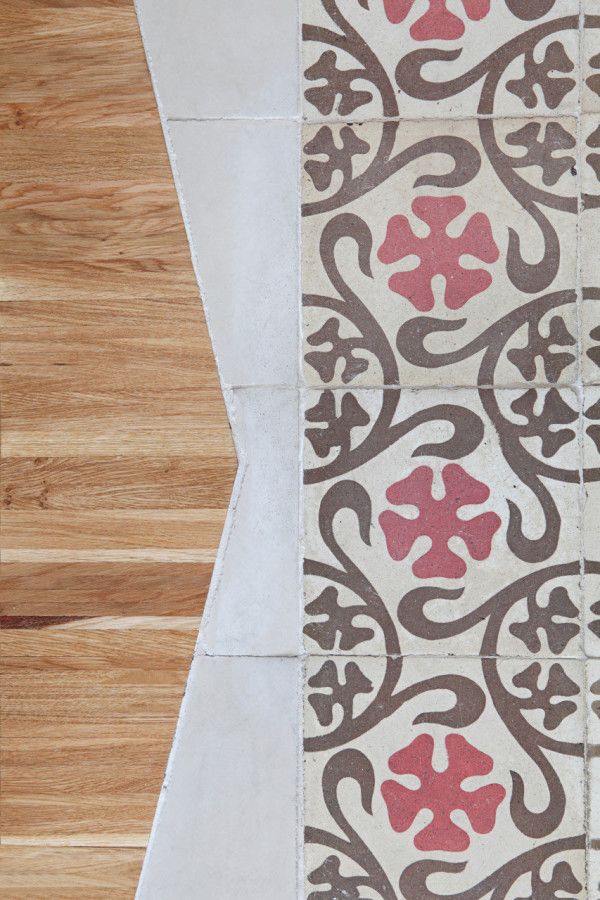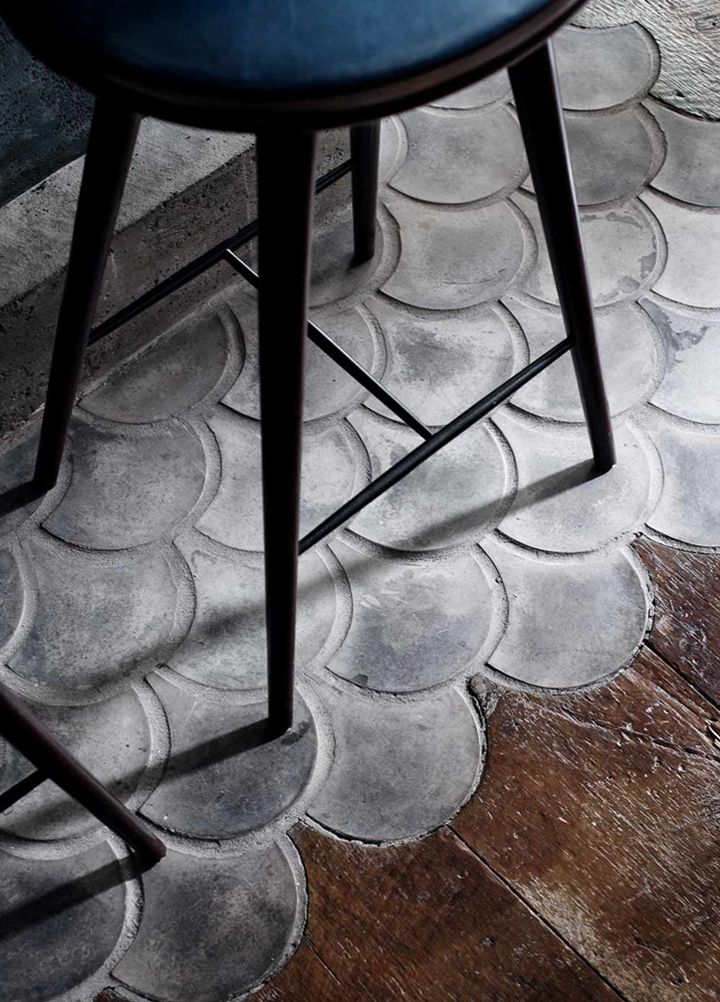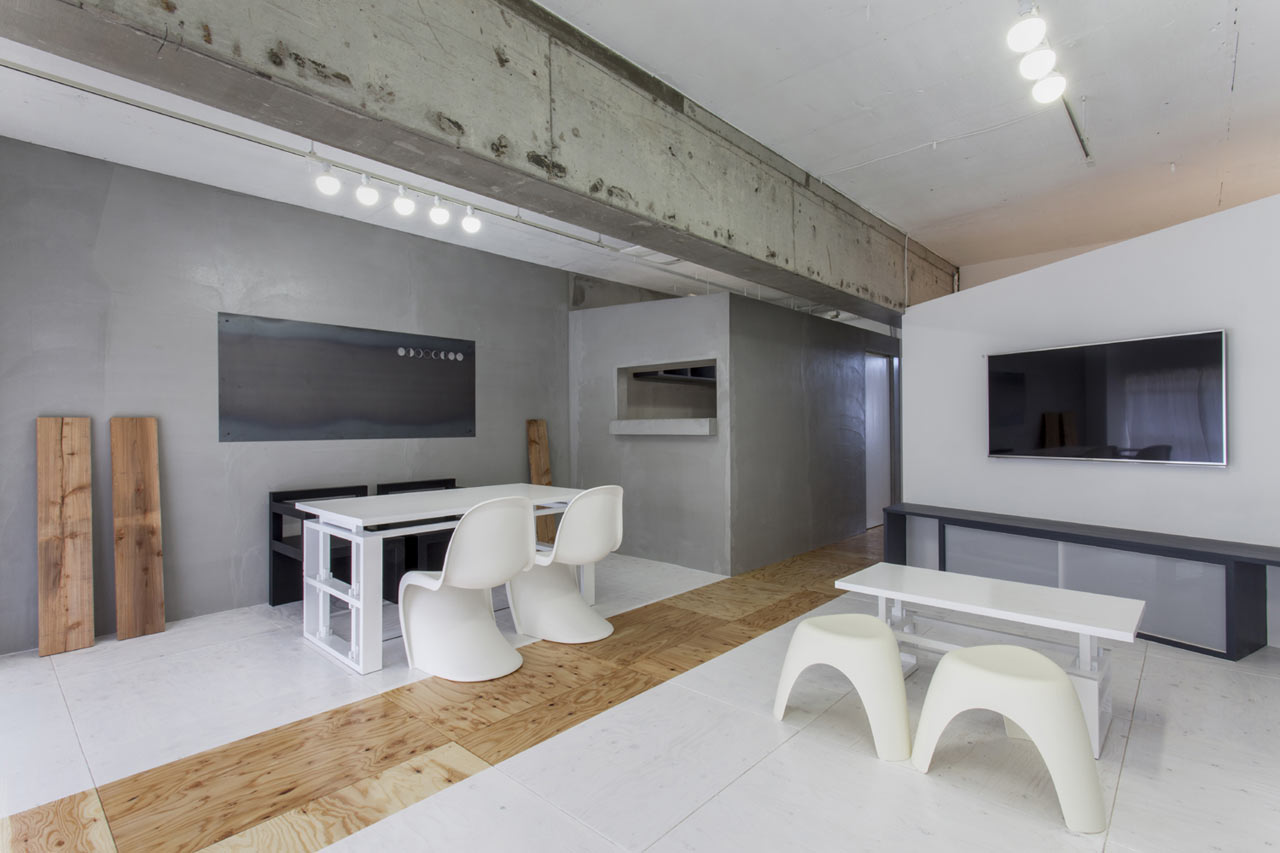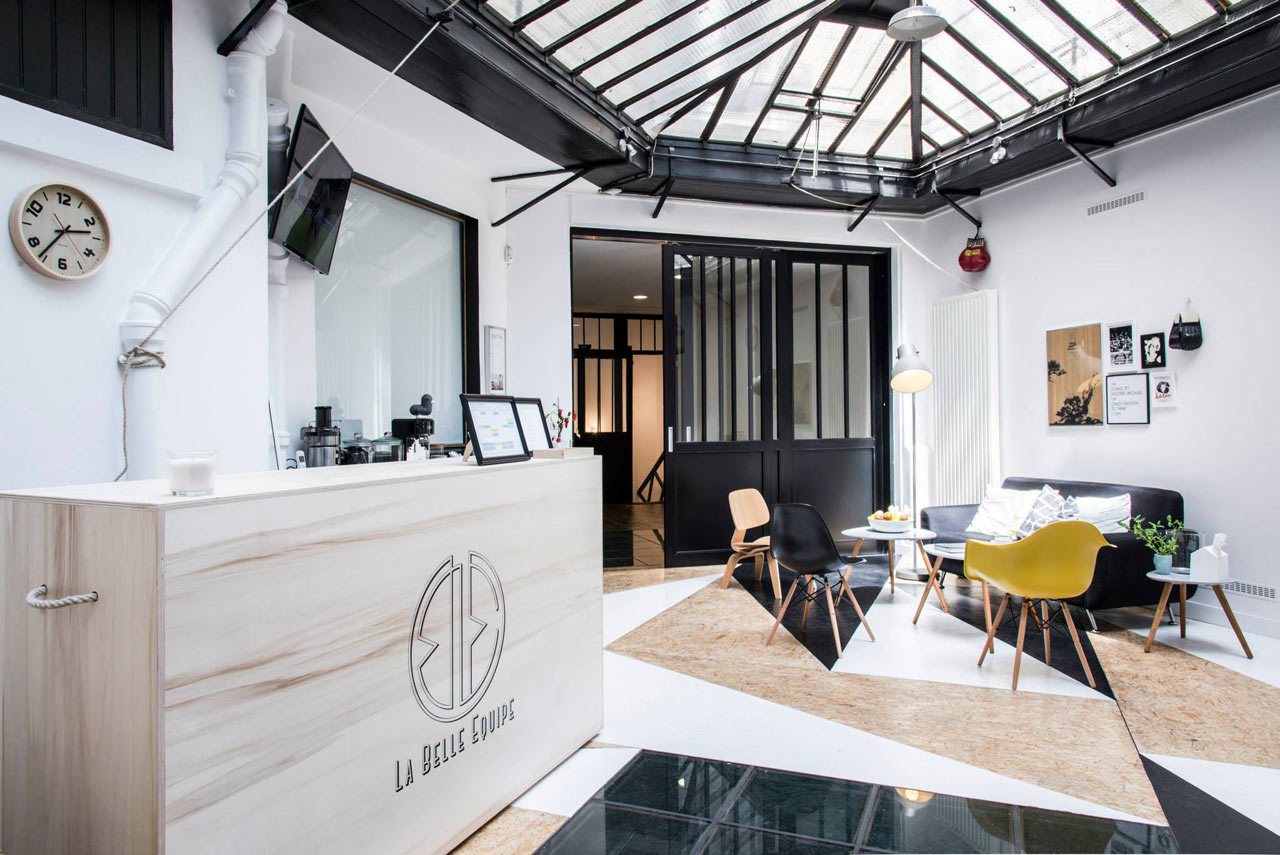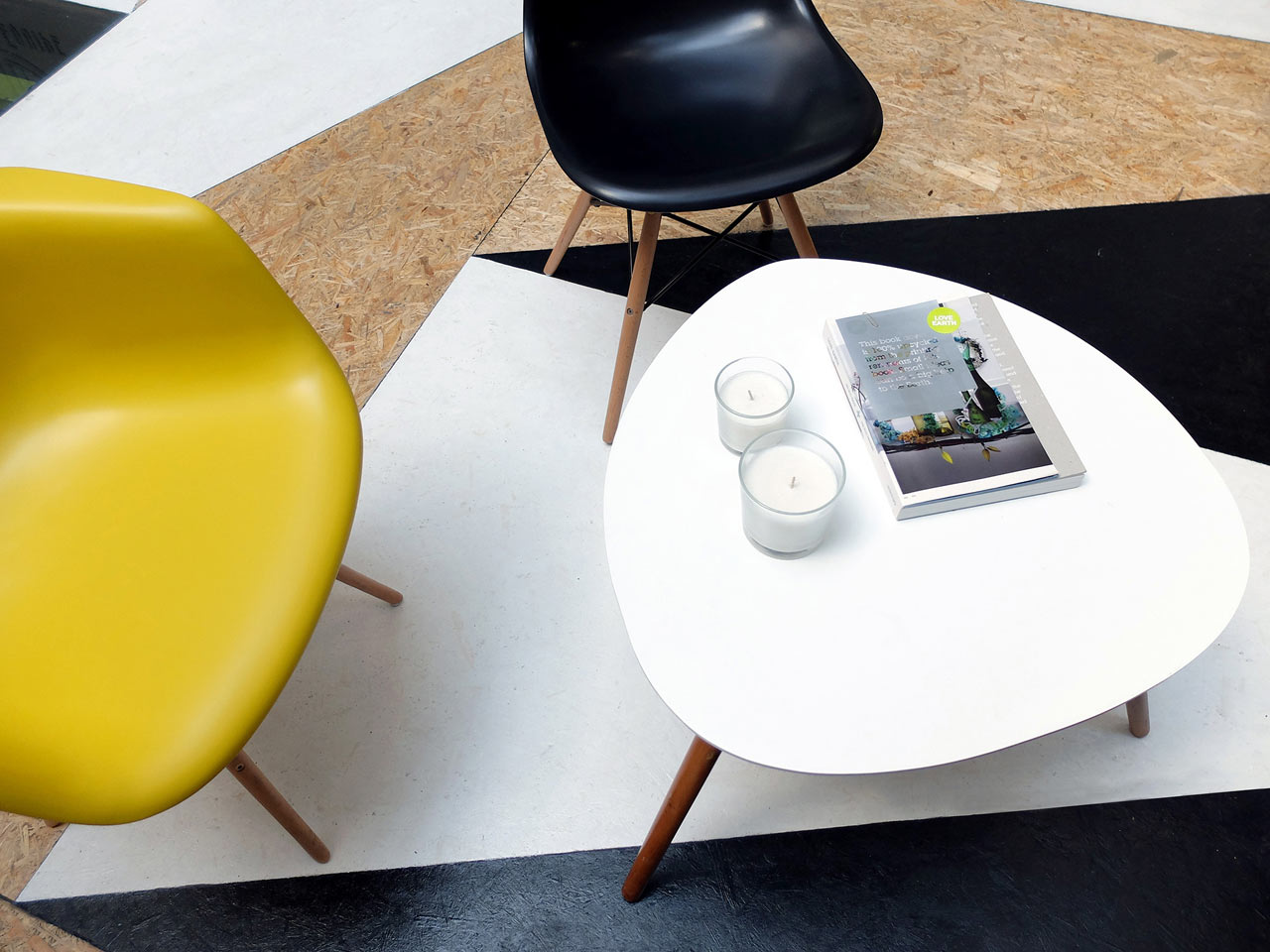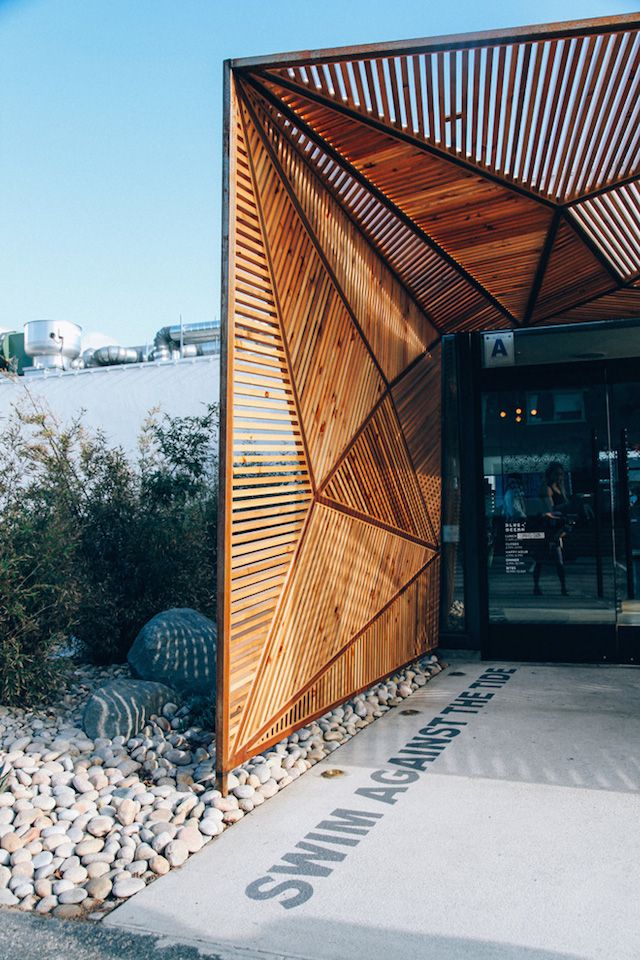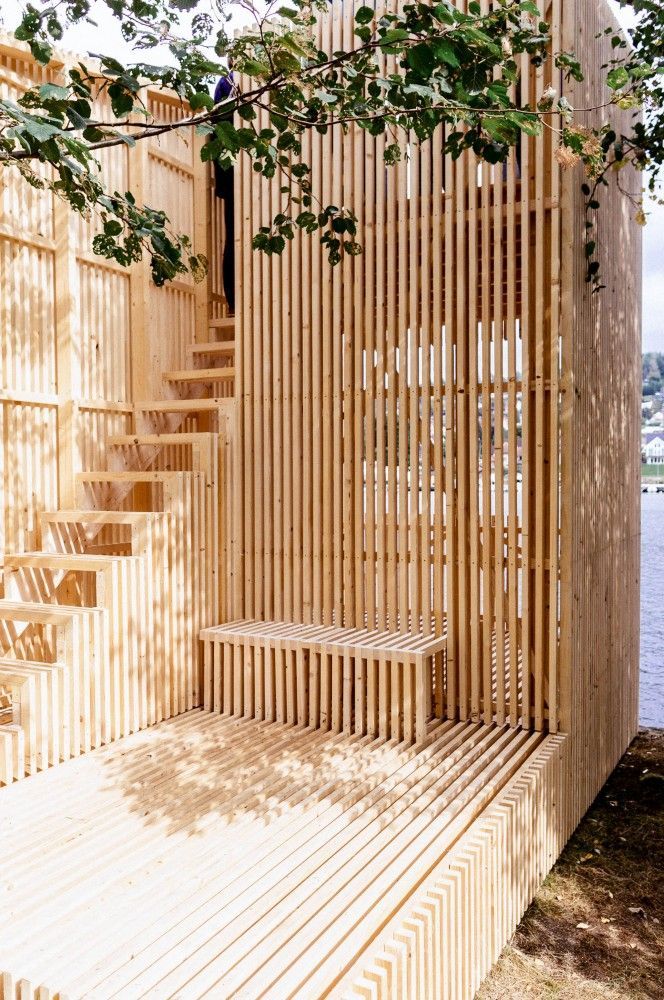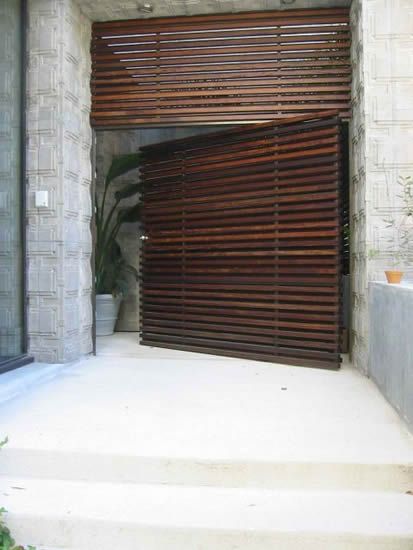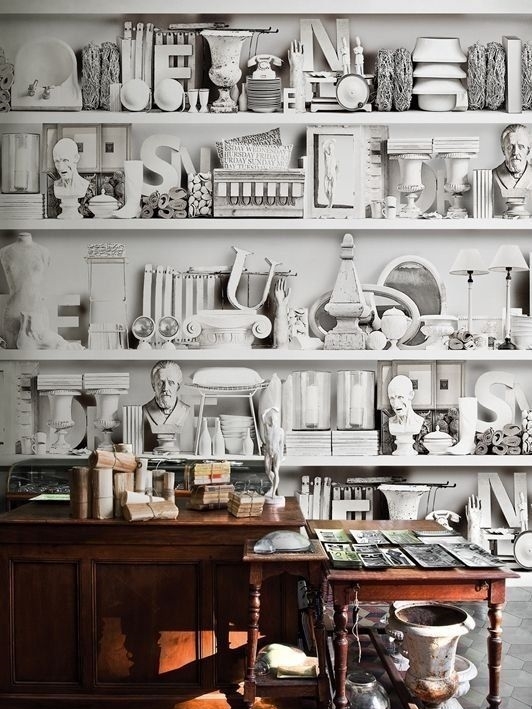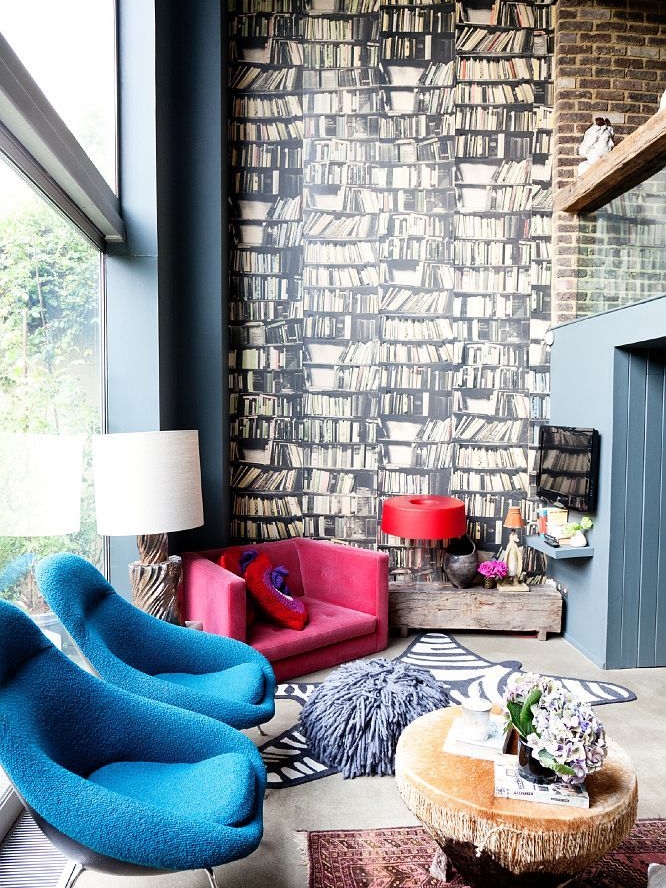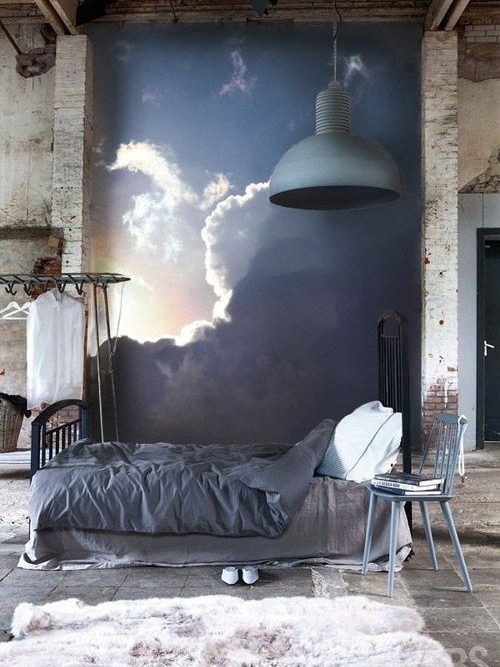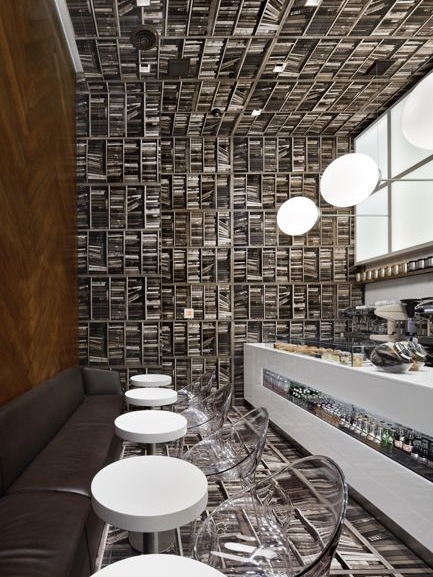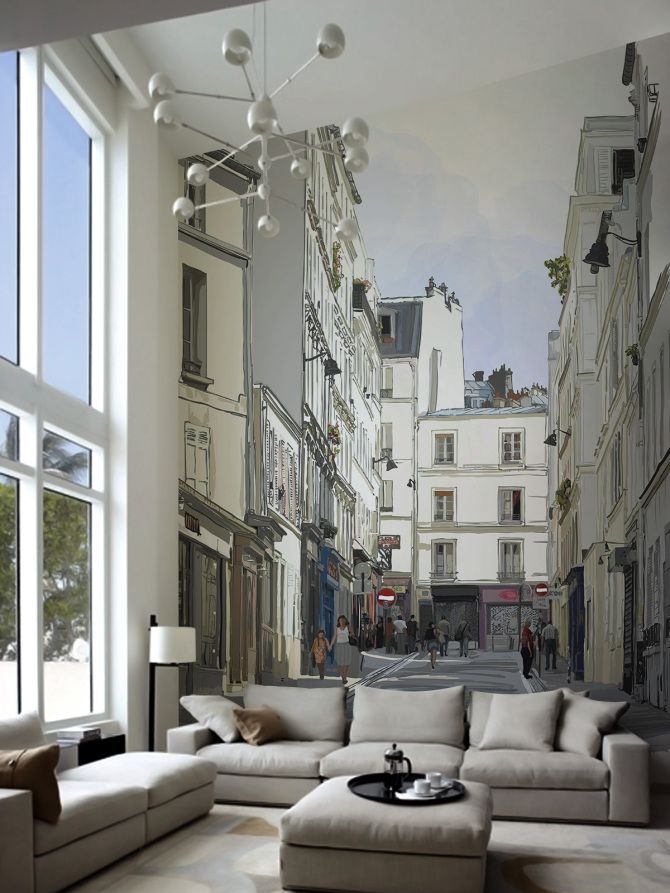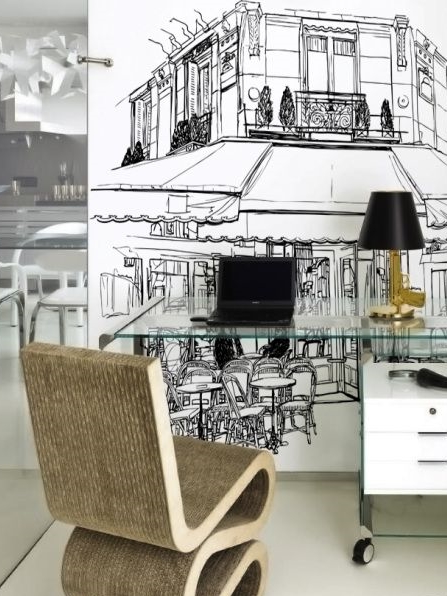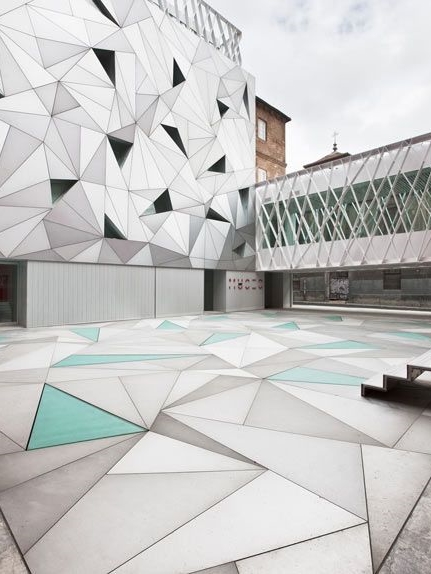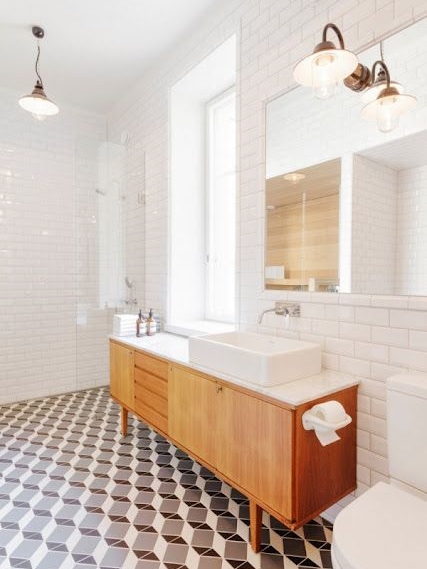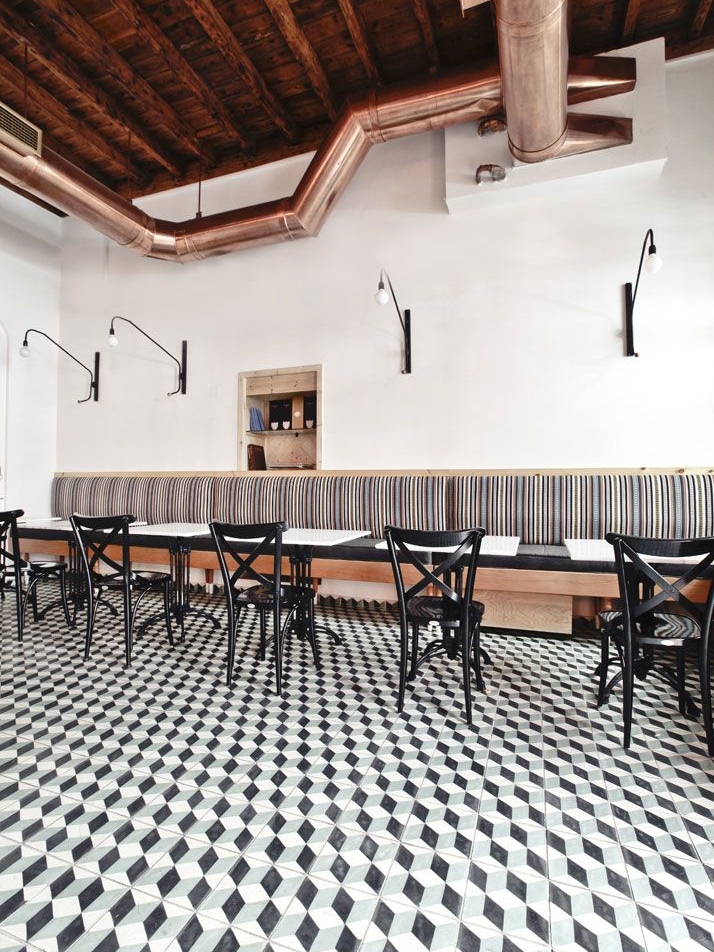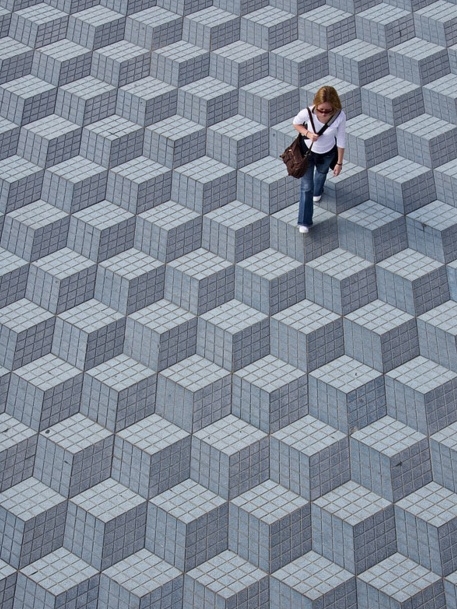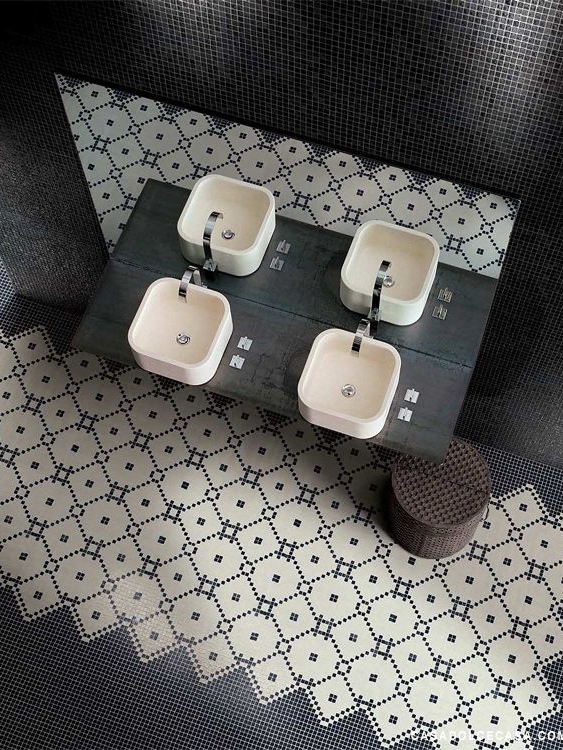BOTANICALS ON WHITE
botanical : of or relating to plants
Don't be afraid of white walls. Too often, we assume that we need to paint over plain white walls or add a pattern through wall coverings. White walls are a perfect clean slate for adding greens. Green and white create crisp lines, outstanding contrast, and yet a warmth and familiarity. Fresh plants, including succulents, palms, money trees, cacti, and more, all stand out on a white canvas of a wall or container. Uber popular right now are white ceramic or porcelain containers, in geometric shapes (see links below). Our favorite palms for an indoor space: ruffled fan palm (for large corrugated leaves), banana palm (very tropical with large, single leaves), slender lady palm (who can't love that name), cat palm (lots of small stalks with feathery leaves).
These plants aide in filtering indoor air, while filling out otherwise blank spaces. Succulents and palms are relatively easy to keep alive, although we even have a couple that are not doing too hot (sorry, very sorry). Do research before you buy; here is one of our favorite resources.
Looking for containers? These ceramic hanging ones by lightandladder come in different sizes and are easily mountable with a wood dowel. lightandladder also sells these wonderful, organic ceramic containers, with hexagonal wooden seats. redravenstudios sells these amazing porcelain envelopes, which can add dynamic shape and pattern to a botanical installation. Father Rabbit sources these conal ceramic planters by Gala Collier, easily mounted with a single nail. Keep exploring- these are just our favorites.
Don't be afraid of fruit: lemons and limes are organic and crisp against a white canvas, but kumquats are the cutest in size and bitterest in taste. How about having these scattered between cafe tables where guests can pick their own fruit?


